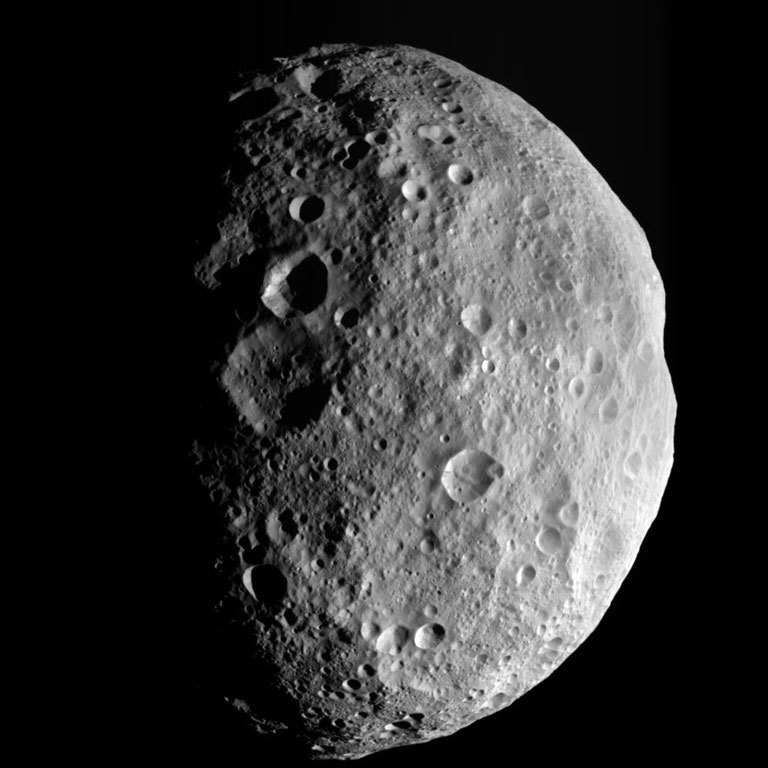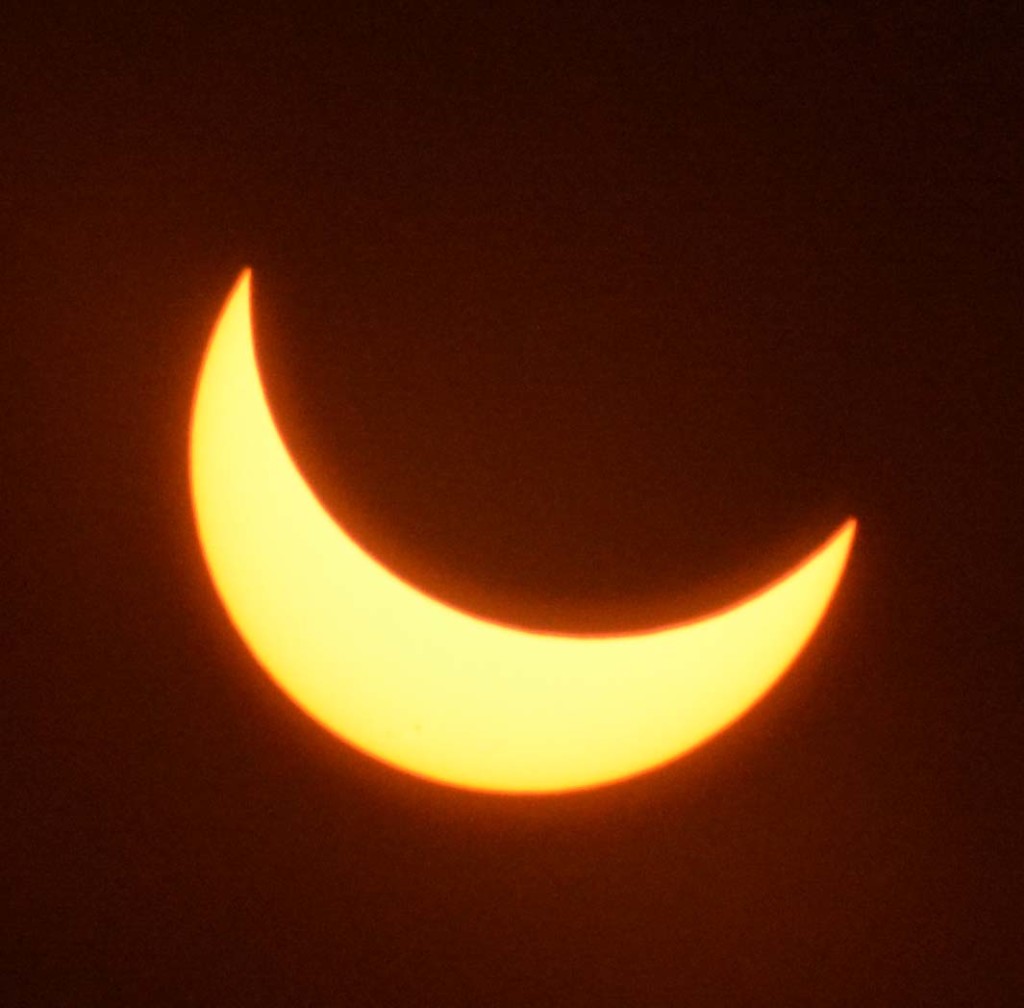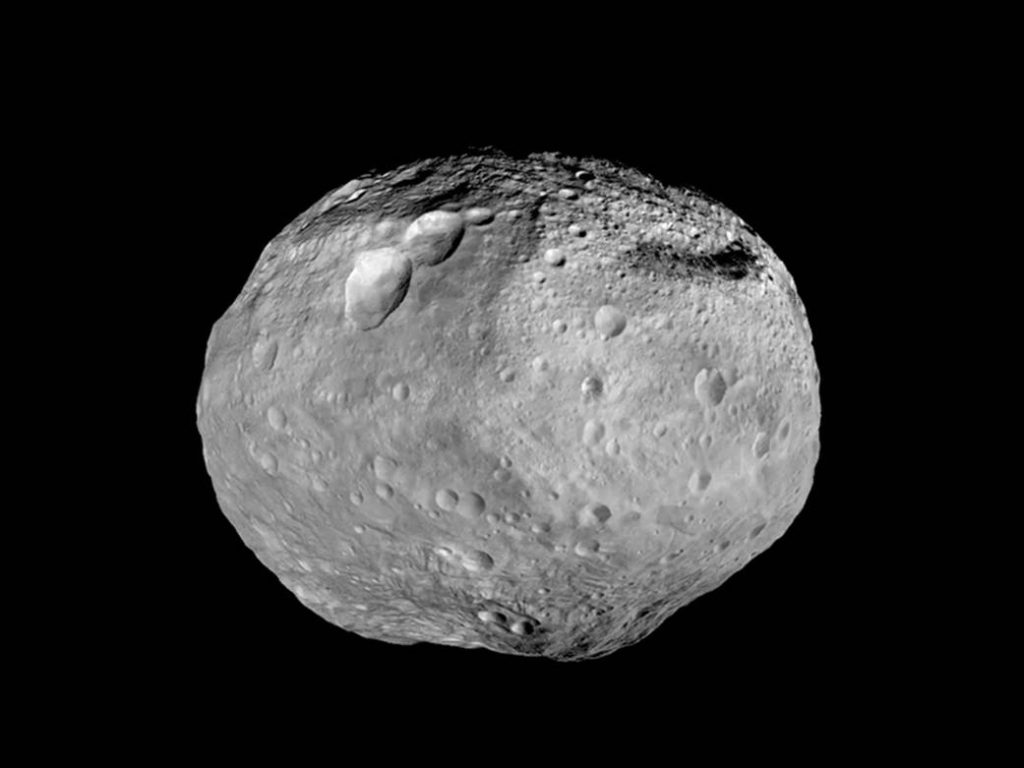Join the Tucson Amateur Astronomy Association and Pima County Natural Resources Parks and Recreation for an evening of stargazing at Historic Canoa Ranch. Canoa Ranch is located south of Tucson along I-19 at 5375 S I-19 Frontage Road. Event will go from 6 – 8 pm. Pre-Registration is required. Go to https://www.eventbrite.com/ and search for Stargazing Canoa Ranch to register.
Planets of the Month: December 2021
By Erich Karkoschka

Starting on the 22nd, Mercury joins the other three planets at dusk. First, it is below Venus. Then on the 29th to the left of Venus, and then further left and higher than Venus.

Venus is at its brightest during early December. On the 6th, the moon will be close to it. You may be able to find Venus well before sunset about 3 degrees above the moon. Later in December, it rapidly approaches the sun and thus gets low during dusk. By the end of the year, its diameter exceeds one arc-minute, the largest it can get. Its slim crescent is a beautiful sight in telescopes and also visible in binoculars.

From the 5th to the 8th, the lunar crescent passes the three bright planets at dusk. On the last morning of the year, it is close to Mars and Antares.

Mars is the lonely planet at dawn, but faint and low, fare below Spica.

Ceres is still 7th magnitude in Taurus, but fading. On the other hand, Iris is brightening at 8th magnitude in Cancer.

Jupiter is about 15 degrees higher then Saturn and still well positioned for telescopic observations.

Saturn is about 15 degrees above Venus and 15 degrees below Jupiter. It will become invisible in January.

Uranus and Neptune are high in the evening sky. Jupiter will be catching up with Neptune and pass it in April, invisible behind the Sun.

Comet Leonard is in the morning sky near the limit of naked eye visibility until it gets too close to the sun on the 12th. On the 3rd, it is close to globular cluster M3. On the 6th, it is 5 degrees to the left of Arcturus. On the 10th, it is 5 degrees to the left of Alpha Serpentis.

A Total solar eclipse occurs on the 4th, but is far away in Antarctica.
Stargazing for the Holiday’s
Do you have friends or family visiting over the Holiday’s? Interested in a private stargazing adventure? We can provide a detailed tour of the universe at our astronomy site ~100 miles southeast of Tucson or at a location of your choosing in Tucson or Southern Arizona. To request a reservation and check availability and pricing, visit our Tucson Stargazing Adventures webpage at: https://tucsonastronomy.org/community-services/tucson-stargazing-adventures/
ONLINE – Astronomy Fundamentals Meeting – February 2022
Constellation of the Month:
None
Presenter:
We do not have a constellation of the month for this meeting.
Main Presentation:
Uncommon Star Types Like Pulsar’s
Presenter: ???
Our only topic for the night will be a continuation of our recent topic on Star classification about the uncommon star types like pulsar’s.
ONLINE – Astronomy Fundamentals Meeting – January 2022
Constellation of the Month:
None
Presenter:
We do not have a constellation of the month for this meeting.
Main Presentation:
Asterisms
Presenter: Peter Hermes
Peter Hermes will discuss various asterisms, (which is a pattern or group of stars).
ONLINE – Astronomy Fundamentals Meeting – December 2021
Constellation of the Month:
None
Presenter:
We do not have a constellation of the month for this meeting.
Main Presentation:
Classifying Star Types
Presenter: Connor Justice
Our only topic for the night will be Classifying Star Types by Connor Justice.
ONLINE – General Meeting – February 2022
6:30 pm – Main Presentation
Title: Hitchhiker’s Guide to Hot Jupiters
Presentation: Dr. Megan Mansfield will present on Hot Jupiters; gas giant exoplanets (planets outside the Solar System) that are similar in size to Jupiter. However, the scorching hot temperatures of Hot Jupiters go as high as several thousand degrees. That makes their chemistry very unlike that of the Solar System’s Jupiter. For example, a typical Hot Jupiter might be warm enough for it to rain liquid iron instead of water. In her talk, Dr. Mansfield will describe some of the unique properties of Hot Jupiters. She’ll also share Hubble Space Telescope observations of Hot Jupiters which give information on the properties of their atmospheres. And she will describe how these observations were used to construct a “field guide” to Hot Jupiters, to help researchers learn more about these unique planets, including how they formed.
Bio: Megan Mansfield is originally from Des Moines, Iowa. She went to college at MIT and graduate school at the University of Chicago before moving to Tucson to become a NASA Sagan Fellow at the University of Arizona’s Steward Observatory. She works with Daniel Apai, using both ground-based and space-based telescopes to study the atmospheres of exoplanets. Outside of work, she enjoys running, making music, and hanging out with her cats, Orion and Luna.
7:15 pm – TAAA’s Policy on Working with Minors Training
TAAA President Mae Smith and Star Party Manager Jim Knoll will present the Triennial requirement for TAAA’s Policy on Working with Minors. This training is required for members participating in the School/Nonprofit Star Party program, the Tucson Stargazing Adventures paid star party program, and any members that might be involved in educational or telescope programs in remote locations such as the Chiricahua Astronomy Complex (CAC) or at TIMPA. This training is recommended for all other TAAA members and is a good opportunity to broaden knowledge of TAAA programs and policies. The presentation will provide policy background and review circumstances that may be experienced when conducting these educational outreach programs. It will also review the five activity levels and provide an opportunity to seek clarification or ask questions. Estimated training time is 45 minutes. (Note that this is Fundamentals Training, which covers most common TAAA activities with minors. An Advanced Training will be announced when offered.)
ONLINE – General Meeting – January 2022
6:30 pm – Main Presentation
Title: Dark Skies in Southern Arizona: Past, Present and Future
Presentation: John Barentine, astronomer, historian, and policy-maker will present on the global dark-skies movement. That the movement effectively began in the Tucson area, is no surprise given its long astronomical history. In his presentation, John will review regional achievements to date and the challenges we face in the coming decade that involve the balance of managing growth and sustaining astronomy’s contribution to the local economy. Lastly, he will touch on satellite ‘megaconstellations’, an issue not limited to our region, but of increasing concern to professional and amateur astronomers alike.
Presenter: John Barentine is the Principal Consultant at Dark Sky Consulting, LLC, and was formerly the Director of Public Policy for the International Dark-Sky Association. He earned a Ph.D. in astronomy from the University of Texas at Austin, and previously held staff positions at the National Solar Observatory, Apache Point Observatory, and the Sloan Digital Sky Survey. Throughout his career, he has been involved in educating the public about science. He is a member of the American Astronomical Society and the International Astronomical Union, and is a Fellow of the Royal Astronomical Society. The asteroid (14505) Barentine is named in his honor. His interests outside of astronomy and light pollution research include history, art and architecture, politics, law and current events.
7:15 pm – Seasonal Night Sky Presentation
Mary Turner will present her popular Seasonal Night Sky Presentation.
ONLINE – General Meeting – December 2021
6:30 pm – Main Presentation
Title: Constructing SAM; a Mars Habitat at Biosphere 2
Presentation: Kai Staats, Director of the Space Analog for the Moon and Mars (SAM) will talk about this hermetically sealed habitat being built at the University of Arizona Biosphere 2 to simulate living conditions on Mars. The SAM pressure vessel incorporates a greenhouse and crew quarters with workshop, kitchen, common area, sleeping accommodations and airlock into the adjacent Mars yard. The greenhouse provides hydroponic and soil-based growing environments, controlled lighting, humidity, heating and cooling. Other support systems provide clean air and water. The adjacent half acre is a replica of a Martian landscape. Pressure suits, rovers, and drones can be tested over varied terrain and obstacles. The first teams are scheduled for May 2022. Kai will describe SAM’s core science research objectives, and share photos and stories about the construction process.
Presenter: Kai Statts, science researcher, filmmaker, and writer and a veteran developer of platforms for research and science education. He was co-founder and CEO of the world-renowned Yellow Dog Linux (YDL) operating system for ten years. The YDL platform was used in Department of Energy, NASA, and University research across a full spectrum of sciences. Kai wrote the machine learning algorithm Karoo GP which has been used at the Laser Interferometer Gravitational-Wave Observatory (LIGO) for classification of glitches and supernovae; and was principal designer of the Mt. Meru Astronomical Observatory in Tanzania, the first of its kind in East Africa.
At Arizona State University Kai led the development of SIMOC, a research-grade computer simulation and educational interface hosted by National Geographic that enables citizen scientists to explore the complexity of a human habitat on Mars. At Biosphere 2, Kai and his team are taking the next big step by building SAM.
Of special interest to TAAA, many years ago, Kai was president of the Phoenix Astronomical Society where he first met David Levy, who remains a dear friend today.
Planets of the Month: November 2021
By Erich Karkoschka

Mercury is an easy dawn object in the east-southeast, but only until the 10th since it is moving fast toward the sun. At the beginning of the month it passes Spica but their distance increases to 14 degrees by the 10th. The best morning is the 3rd when the moon joins both of them.

Venus is at its best this month. It reaches its brightest possible magnitude of -4.9 at the end of the month. This is so bright that it can be found in daylight, such as 3:20 pm 30 degrees hight straight south. It is brilliant after sunset. It is so far south that just past 8 pm it sets further left than the sun can ever set. Its phase can be seen in binoculars, going form half illuminated at the beginning of the month to a thick, large crescent by the end.

The Moon has a great eclipse on the 18th-19th, although not at the best time of the night. It probably is the greatest partial eclipse of your life since 97 percent of its diameter will be inside the umbra at maximum, or 99 percent of its disk area. Maximum is at 2:03 am. Partial phase lasts from 12:18 am to 3:47 am. The interesting phase around maximum lasts for quite a while this time, but only a couple of minutes during most total lunar eclipses. It is interesting because of the contrast between the dark red moon in the umbra and the very bright and very narrow part of the moon getting direct sunlight. At maximum phase, the moon might be dark enough that shadows disappear. Its location only 5 degrees from the Pleiades should be beautiful. The moon transits at the beginning of the eclipse 77 degrees high.

Mars has been behind the sun for a while. At the end of the month, it slowly becomes visible again during dawn.

Jupiter and Saturn transit during the early evening, separated by 15 degrees. In a telescope it is a good time to watch their satellites. This month, the orbits of Jupiter’s satellite are almost edge-on. This means that they appear perfectly in a line and pass each other very closely. On the 23rd, a rare event happens. The two largest satellites, Ganymede and Callisto, cast their shadows onto the planet simultaneously. This happens about once every 5 years, but most of these events happen during daylight or when Jupiter is below the horizon. At sunset, both shadows are close to each other on the eastside of the disk. Ganymede’s shadow is faster and exits 7:39 pm, Callisto’s shadows leaves at 9:03 pm.


Uranus comes into opposition in Aries. So, it is up all night and 73 degrees high at midnight. It is visible naked eye in principle, and no other star of 6th magnitude is currently nearby.

Neptune can be found in binoculars 50 degrees further west of Uranus.


